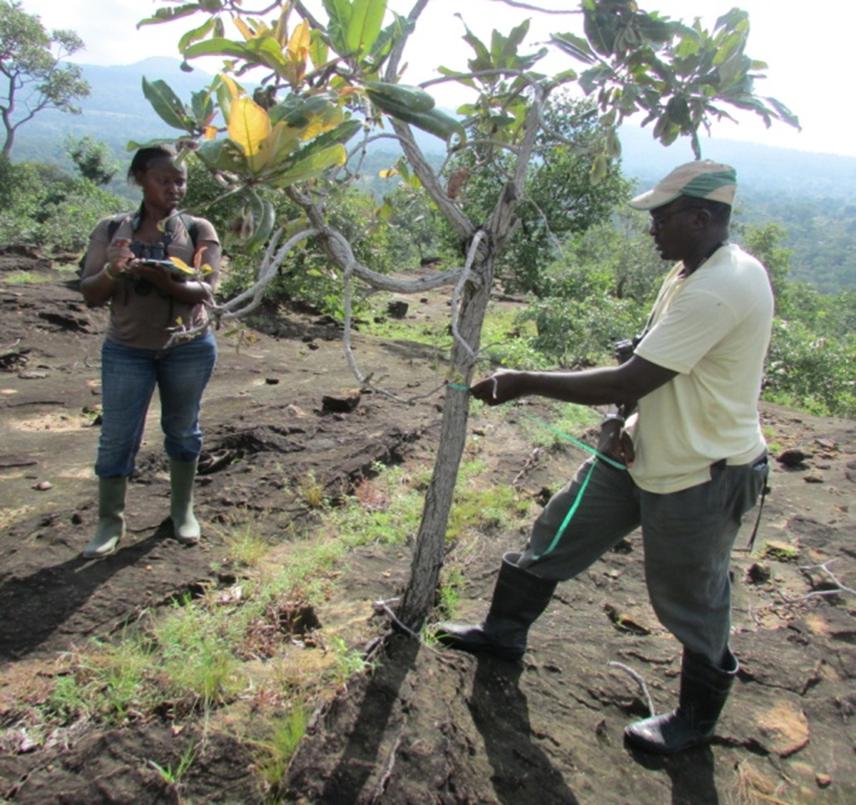Rahila Meribah Yilangai
Other projects
10 Dec 2015
Effect of Habitat Degradation on Avian Species Diversity and Abundance in a Guinea Savannah Woodland of North East Nigeria
The aim of this project is to evaluate the abundance, composition and diversity of woody
plant species in Tula Mountains.

A detailed description of plant community diversity is fundamental to making conservation decisions. Protected areas of Nigeria harbour 1.3% of biodiversity (USAID 2008). The North eastern part of Nigeria is currently under severe threat of desert encroachment due to the drastic decline in plant cover. Tula Mountains in Gombe state of Nigeria are currently unprotected and harbour vast stretches of Guinea savannah woodland as the primary ecosystem. Consequently, the woodland is being logged and grazed in an unprecedented rate.
The project will provide baseline data to describe patterns of plant diversity and physiognomy in the ecosystems of Tula Mountains. Results obtained from this survey will be used as a tool to propose conservation strategies to the Gombe State government so that illegal activities such as grazing, farming and logging currently going on in the woodland are stopped or are done sustainably. An example of an informed management strategy resulting from our study would be to provide maps of areas with maximum diversity and or endemism which should be completely avoided for road construction. Our data can be used for information so that activities such as road construction can be carried out with minimal impact on cover and biodiversity.
Through extensive floristic surveys, we will be able to help update the global biodiversity databases, which have very little information on Nigeria. For example the most extensive floristic guide/key put together by Kew Gardens on West African woody plants (Hawthorne and Jongkind 2006) does not include Nigeria. Thus, our study will provide Nigerian and global agencies a concrete plant diversity database that will enhance conservation status of Tula mountain ecosystems.